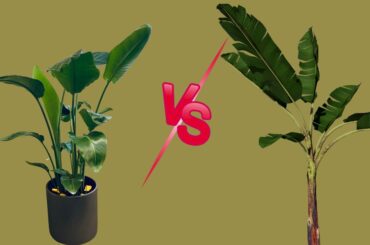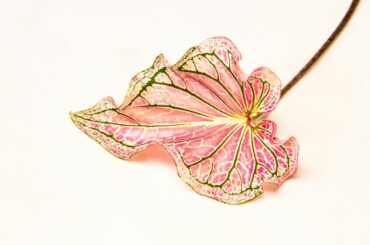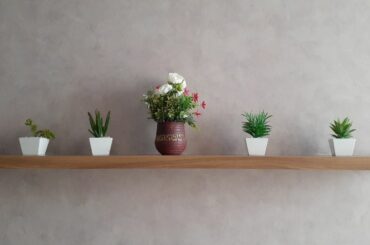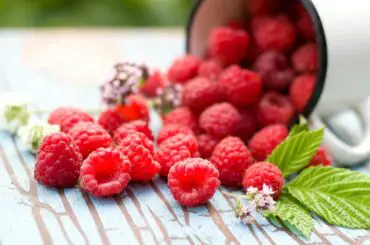Horsetail, also known as scouring rush, is an evergreen perennial plant that can grow up to 1.5 m high. It is found throughout Europe, Asia, and North America. The plant has a unique look with its hollow, jointed stems that resemble those of horsetails. The horsetail plant got its name from the fact that it was once used for scouring pots and pans.
Due to its hardy nature, this plant is considered invasive in some areas. It is known to crowd out native plants and reduce biodiversity. Horsetail is a very tough plant and can survive in conditions that other plants cannot. However, there are still some things that can cause the plant to die. The following will discuss some of the potential causes of horsetail plant death.
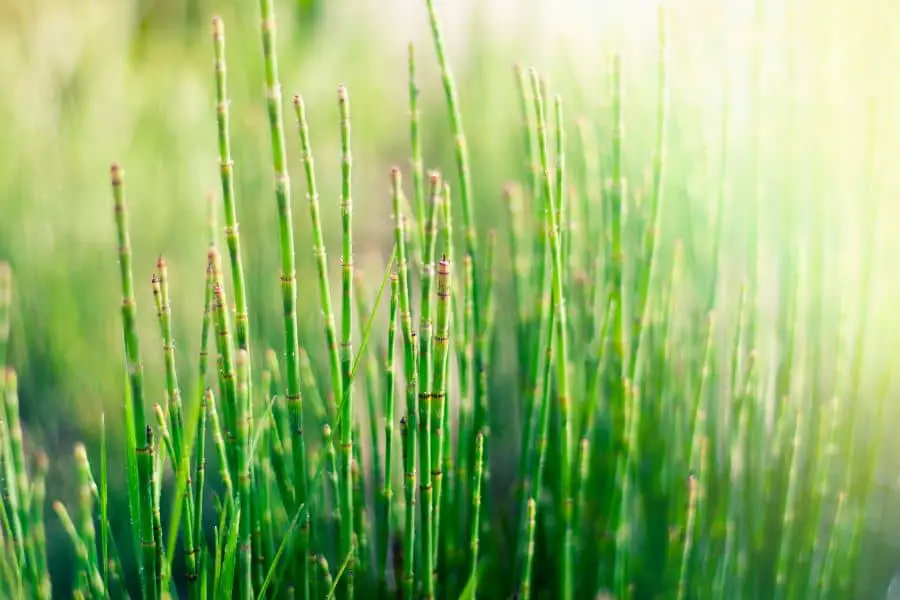
Why Is My Horsetail Plant Dying?
Contents
Despite the fast-growing and aggressive spreading nature, this plant is also prone to some issues that cause it to die. Following are some potential problems that might lead to the death of your horsetail plant.
Soil Issues
One of the most common reasons why horsetail plants die is soil issues. The plant prefers well-drained, moist soils. If the soil is too dry, the plant will start to wilt and eventually die. Soil that is too wet will also cause the plant to die. The roots of this plant also need oxygen to survive, and if they are constantly submerged in water, they will suffocate and the plant will die.
Pest Infestation
Horsetail plants are also susceptible to pest infestations. Aphids, spider mites, and mealybugs are all known to attack horsetail plants. These pests will absorb the sap from the plant, causing it to weaken and eventually die.
Disease
Horsetail plants can succumb to various diseases that may cause them to die. Some of the prevalent diseases include rust, smut, and wilt. These diseases can be caused by fungi, bacteria, or viruses. If your plant is showing any signs of disease, it is important to take action immediately, as the disease can spread quickly and kill the plant.
Humidity and Temperature
Horsetail plants prefer humid conditions with temperatures that do not exceed 75 degrees Fahrenheit. The plant will suffer if the temperature rises too high or the humidity falls too low. The leaves will eventually turn brown and die.
Improper Care
Proper care is essential for horsetail plants to thrive. If your horsetail plant is not getting enough light, it will start to yellow and eventually die. The plant also needs to be fertilized on a regular basis. If you are not fertilizing the plant properly, it will not be able to get the nutrients it needs and will eventually die.
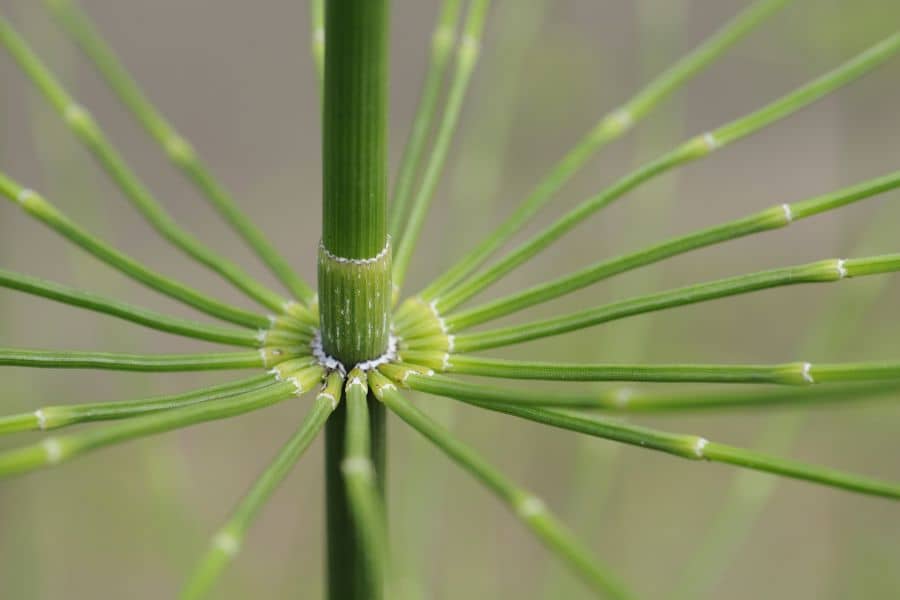
Do Horsetails Grow Back?
Horsetails are very tough plants and often grow back even after they have died. You only have to provide the ideal conditions for the plant to grow, and it will often come back on its own. However, if the plant has been completely killed off, you may need to replant it.
How Do I Save My Dying Horsetail?
Fortunately, saving your dying horsetail plant is often as simple as correcting the problem that is causing it to die. Here are simple solutions to each of the most common problems that can cause horsetail plants to die.
Solutions to soil issues
If the plant is suffering from soil issues, you will need to amend the soil to make it more suitable for the plant. If the soil is too dry, you will need to add more organic matter to help retain moisture. If the soil is too wet, you will need to improve drainage by adding sand or gravel.
Solutions to pest infestations
If your plant is overrun with pests, you will have to treat it with a pesticide. To avoid harming the plant, carefully follow the instructions on the label. Alternatively, you can use a natural method such as neem oil.
Solutions to diseases
If your horsetail plant is infected with a disease, you must treat it with an appropriate fungicide, bactericide, or virucide. To avoid harming the plant, carefully follow the instructions on the label.
Solutions to humidity and temperature issues
If the plant is suffering from humidity or temperature issues, you will need to adjust the environment accordingly. If the surrounding air is too dry, you will need to increase the humidity. If the air is too hot, you will need to provide more shade or move the plant to a cooler location.
You can raise the humidity around your horsetail by misting the plant with water or placing a humidifier near it. You can provide more shade by placing a sheer curtain over the window or moving the plant to a location that does not get direct sunlight.
Solutions to improper care
If the plant is not being properly cared for, you will need to take steps to correct the problem. If your horsetail plant is not getting enough light, you will need to provide more light. If the plant is not being fertilized properly, you will need to fertilize it on a regular basis.
If you are not sure how to properly care for your plant, we have also covered that below.
By following these simple solutions, you should be able to save your dying horsetail plant. However, if the plant has already died, you may need to replant it.
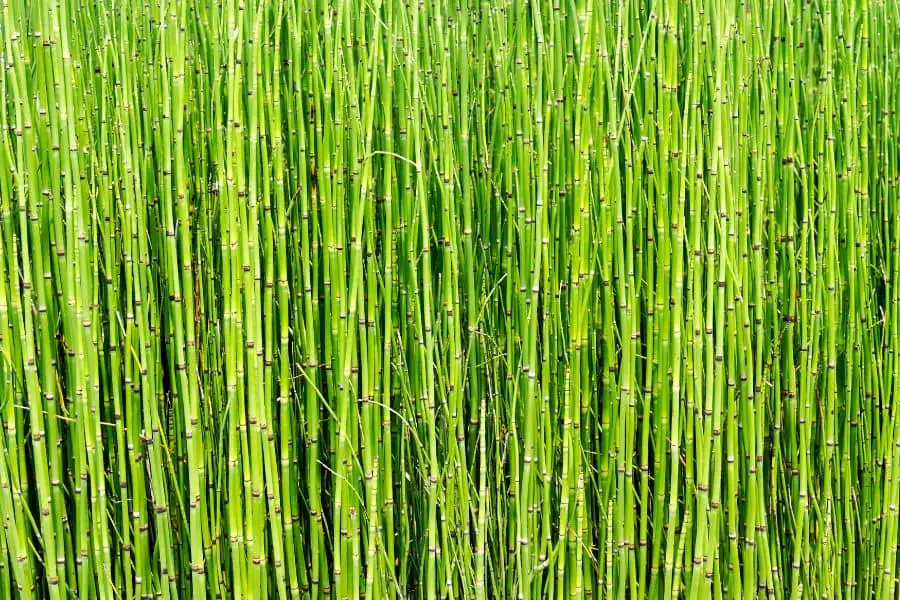
Ideal Conditions For Horsetail Plants
Horsetail plants are very tough plants and can often grow back even after they have died. However, to ensure that your plant thrives, it is important to provide the ideal conditions. Here are the ideal conditions for horsetail plants:
- Sun exposure: Full sun to partial shade
- Soil Type: Well-drained soil
- Soil PH: Neutral to Acidic
- Fertilizers: Fertilized on a regular basis
- Humidity: 60% to 70%
- Temperature: 60°F to 75°F (15 °C to 24°C)
- USDA Hardiness Zones: 4 to 9
As you can see, horsetail plants are very tough plants and can grow in a wide range of conditions. However, to ensure that your plant thrives, it is important to provide the ideal conditions.
How To Properly Care For Horsetail Plants
If you want your horsetail plant to thrive, it is important to properly care for it. Here are some guidelines for caring for horsetail plants:
Watering
Horsetail plants need a moderate amount of water to thrive. Water them regularly, making sure to get the soil moist but not wet. Avoid getting the leaves wet when watering, as this can lead to fungal growth and disease.
Soil
Soil is an important part of gardening. The soil type you have will determine what plants you can grow and how well they will grow. Most plants prefer soil that is rich in organic matter. This means the soil is dark and crumbly, and it smells earthy. Soil that is rich in organic matter will drain well yet hold moisture and nutrients.
Like most other plants, horsetail plants prefer well-draining soil that is rich in organic matter. When planting horsetail in soil, be sure to use a sandy or gravel mix that will stay wet. Adding gravel or sand to the potting mix will help to create the right texture for the plant.
Fertilizing
Fertilize horsetail plants every couple of weeks during the growing season with a balanced fertilizer. Be sure to follow the guidelines on the fertilizer label carefully, as too much fertilizer can burn the roots of the plant.
Pruning
Horsetail plants do not require pruning, but if you want to control their size, you can cut them back in the fall.
Horsetail Plant Dying in the Fall
Many homeowners are puzzled when they see their horsetail plants turning yellow and dying during fall. However, this is actually a natural occurrence for these plants, and they will grow back once the winter season has ended. Horsetail plants are perennial plants, which means that they die off every year and grow back again. So don’t worry if your horsetail plants look a bit dead towards the end of autumn – they will be just fine!
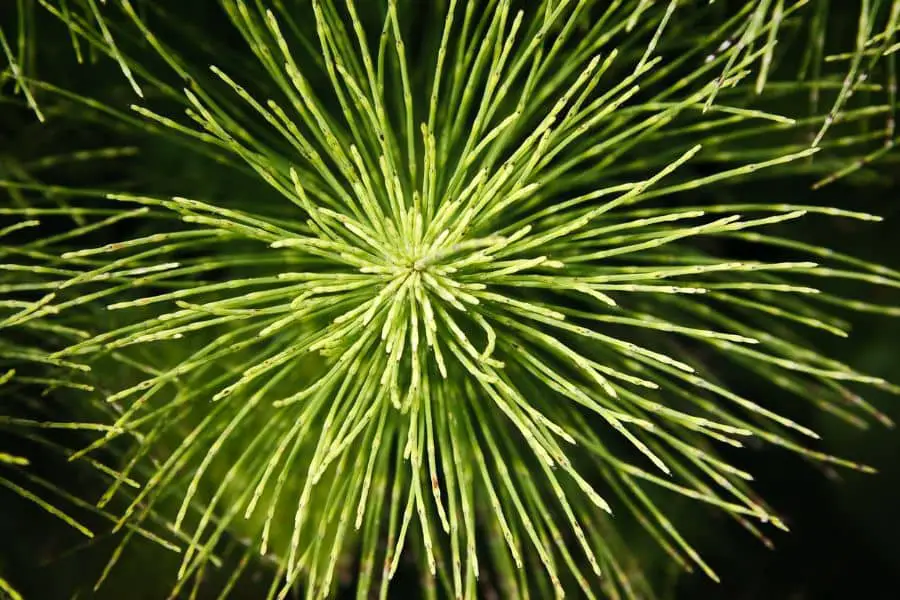
Conclusion
Horsetail plants are very tough and can oftentimes survive in conditions that other plants cannot. However, there are still some things that can cause this plant to die. The most common causes of horsetail plant death include soil issues, pest infestation, disease, humidity and temperature issues, and improper care. Horsetails are very easy to care for, so be sure to follow the tips above to keep your plant healthy and thriving. Thanks for reading!
Related questions
Does Horsetail Grow In Full Sun?
Horsetail plants can grow in full sun as long as it is not too hot. If the temperature gets above 75°F (24°C), the plant will start to wilt. So if you live in a location with hot summers, it is best to grow horsetail in partial shade.
Is Horsetail An Indoor Plant?
You can keep the horsetail plant as an indoor plant. However, you will need to keep it near the window as it needs some sunlight to grow. If you keep it in a dark room, the plant will not do well and might even die eventually.
Is Horsetail Drought Tolerant?
Yes, horsetail is a drought-tolerant plant. This means that it does not need to be watered often, and it can survive in dry conditions. However, the plant will not grow as well in dry conditions, and it might eventually die if it does not get enough water.
Read Next : Are Hydrangeas Tropical Plants? ( Secrets of Hydrangea )

